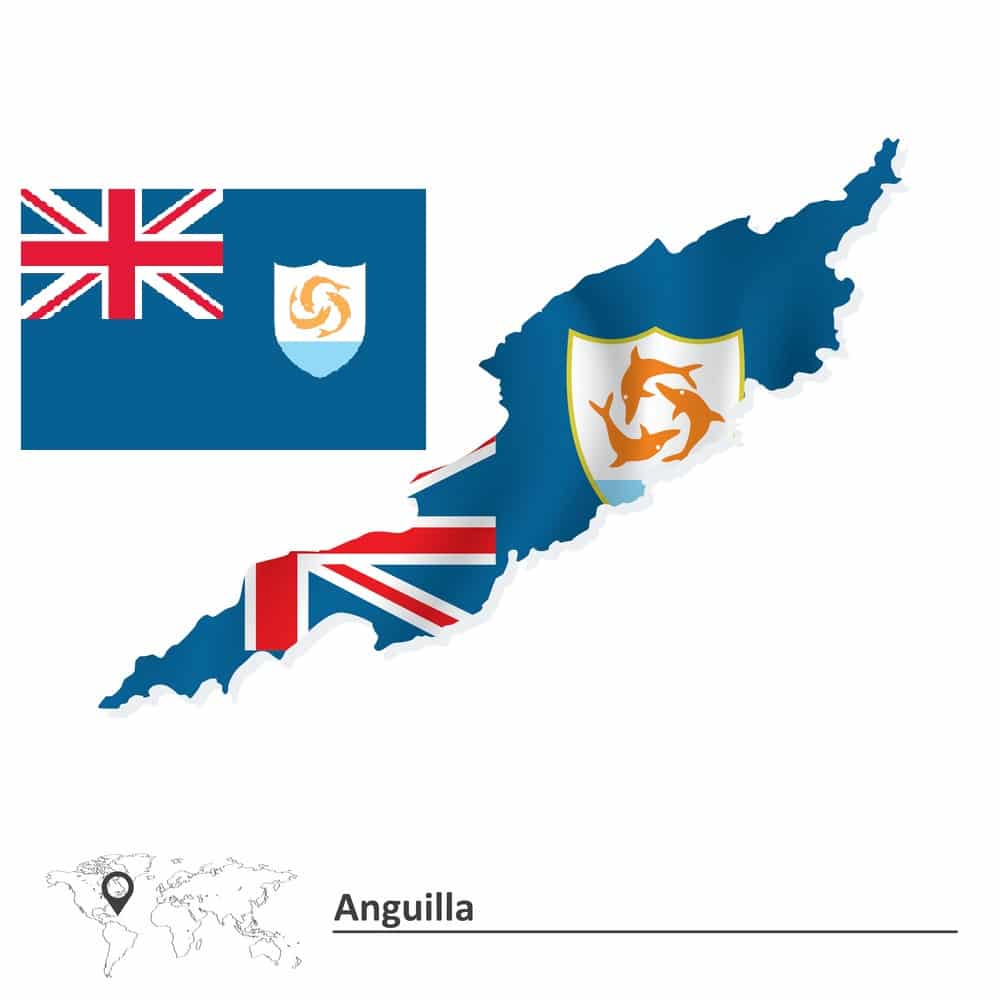Metro
Anguilla Population, Official Language And More.

Negotiations for a peaceful resolution of the conflict failed, and British troops intervened in March 1969. British rule was restored and a temporary commissioner was installed. Subsequently, the Anguilla Act of July 1971 placed the island directly under British control. A new constitution in 1976 gave the island a ministerial system of government and provided a larger measure of internal autonomy under the Crown. In 1980 Anguilla formally became a dependent territory (from 2002, overseas territory) of the United Kingdom, and a new constitution became effective in 1982; it was amended in 1990. Anguilla has developed into a stable parliamentary democracy with a growing economy, a consequence of massive injections of foreign capital, mainly from the United States, during the early years of the 21st century.

Anguilla
The Population
Anguilla has a population of approximately 15,900 people as of 2023. The majority of the population is of African descent, and most are Christian. The Landmarks Anguilla has many natural and historical landmarks to explore. Some of them are: Anguilla Arch: a natural rock formation that resembles an arch in the sea. Wallblake House: a plantation house built in 1787 that is now a museum. Shoal Bay East: a beautiful beach with white sand and turquoise water. Pamead Shipwreck: a sunken cargo ship that is now a diving site.
The Official Language
The official language of Anguilla is English, but many people speak with a West Indian accent or dialect.
The Culture
Anguilla has a rich and diverse culture that reflects its African, British, and Caribbean influences. Some aspects of the culture are: Music: Anguilla has a vibrant music scene, with genres such as reggae, soca, calypso, and jazz. Cuisine: Anguilla’s cuisine is based on seafood, especially lobster, conch, and snapper, as well as rice, beans, and vegetables. Festival: Anguilla celebrates its annual Summer Festival in July and August, with boat races, parades, beauty pageants, and dancing.
The Economic Stability
Anguilla has a stable economy that relies mainly on tourism, offshore banking, and fishing. The island has a low inflation rate, a stable currency (the Eastern Caribbean dollar), and a high standard of living. However, Anguilla also faces some challenges, such as vulnerability to natural disasters, dependence on imports, and limited natural resources.
THE GDP
The gross domestic product (GDP) is a measure of the total value of goods and services produced by a country in a given period. According to the Anguilla Statistics Department, Anguilla’s GDP in 2020 was $175.8 million at real prices, which means it was adjusted for inflation. This was a decrease of 29.9% from 2019, mainly due to the impact of the COVID-19 pandemic on tourism and other sectors. Anguilla’s GDP per capita in 2020 was $11,156, which ranks it as a high-income country according to the World Bank.
THE CURRENCY
The official currency of Anguilla is the Eastern Caribbean dollar (XCD), which is also used by seven other countries in the region. The XCD is pegged to the US dollar (USD) at a fixed rate of 2.7 XCD = 1 USD. US dollars are widely accepted in Anguilla, as well as credit cards and traveler’s checks. The XCD is issued by the Eastern Caribbean Central Bank, which also regulates banking and monetary policy in Anguilla and other member states.
THE FOOD
Anguilla’s cuisine is influenced by its Caribbean, British, and African heritage, as well as its abundant seafood resources. Some common foods and dishes in Anguilla are:
- Barbecue and jerk style meats, such as chicken, pork, goat, and ribs
- Callalloo, a stew made with callalloo greens, coconut milk, okra, and meat or seafood.
- Fritters made with conch, coconut, fruit, or other ingredients, seasoned with local allspice and sugar.
- Dumplings, which can be boiled or fried, and served with soup or stew.
- Seafood soups and bisques made with lobster, conch, or fish.
- Pigeon peas and rice, the official national dish of Anguilla, which is cooked with coconut milk, onion, garlic, thyme, and salted meat or fish.
Anguilla also has a variety of restaurants that offer local and international cuisine, such as French, Italian, Asian, Mexican, and American. Some popular drinks in Anguilla are rum punch, ginger beer, sorrel juice, mauby, and soursop juice.
MAJOR CITIES
Anguilla is a small island with a population of about 15,780 people as of December 2022. It does not have any large cities or towns, but rather a number of villages and settlements. The largest and most populous village is The Valley, which is also the capital and administrative center of Anguilla. The Valley has a population of about 1,067 people as of 2011. Other major villages in Anguilla are:
| Village | Population (2011) |
|---|---|
| Blowing Point | 821 |
| East End | 738 |
| Island Harbour | 855 |
| North Side | 752 |
| Sandy Ground | 274 |
| Sandy Hill | 557 |
| West End | 755 |
MAJOR AIRPORTS, SEA PORTS AND SCHOOLS
Anguilla has one major airport and one major seaport that serve as the main gateways to the island. The airport is called Clayton J. Lloyd International Airport (AXA), which is located near The Valley. It handles domestic and regional flights to nearby islands such as Saint Martin/Sint Maarten, Antigua, Puerto Rico, Saint Kitts and Nevis, and Dominica. The sea port is called Blowing Point Ferry Terminal, which is located in Blowing Point village. It operates daily ferry services to Saint Martin/Sint Maarten (both French and Dutch sides), as well as charter boats to other destinations. Anguilla has a public education system.





